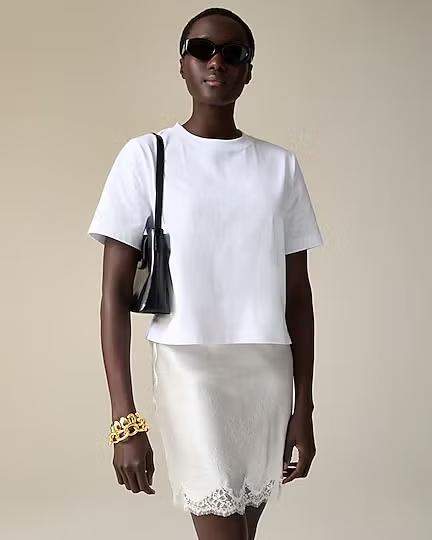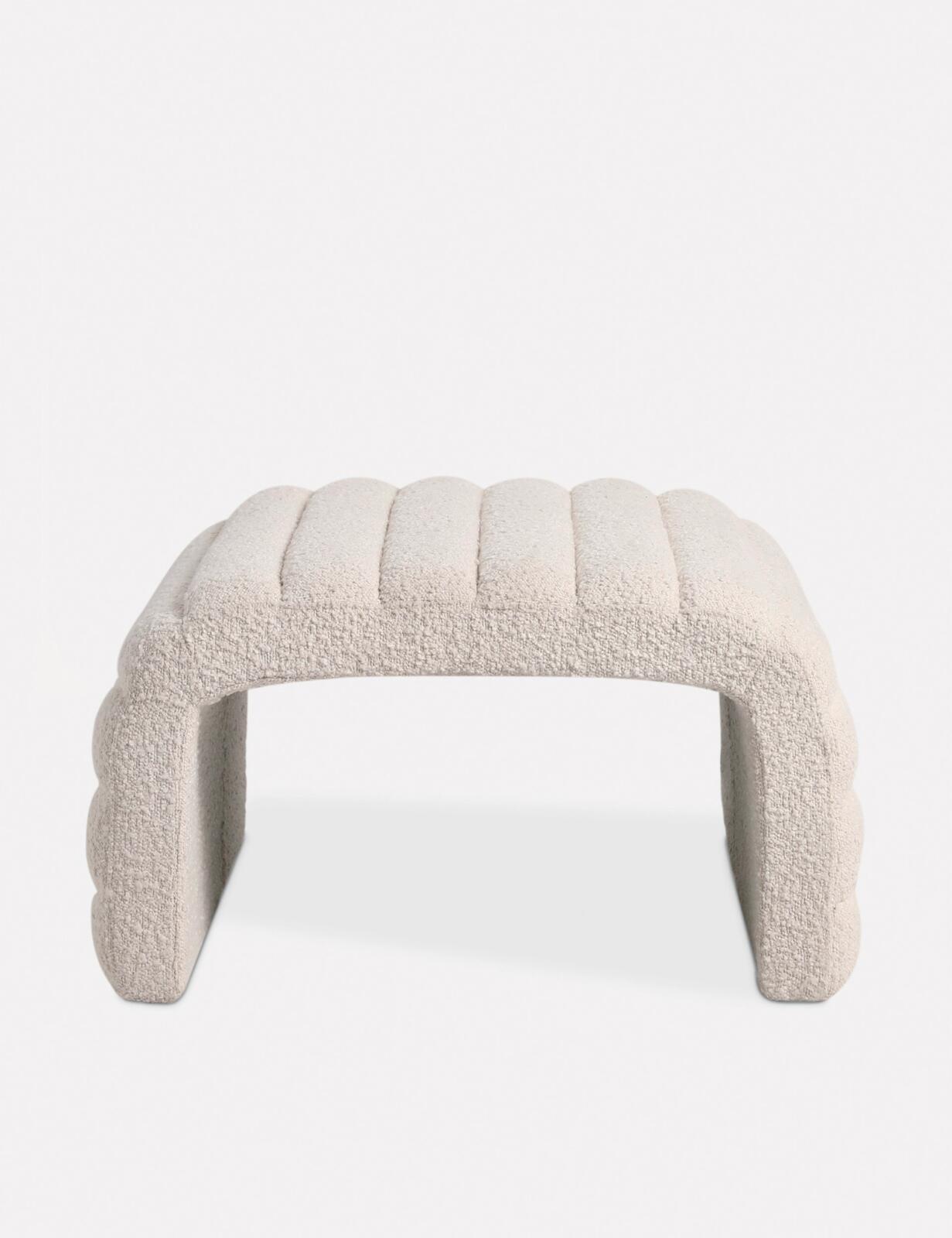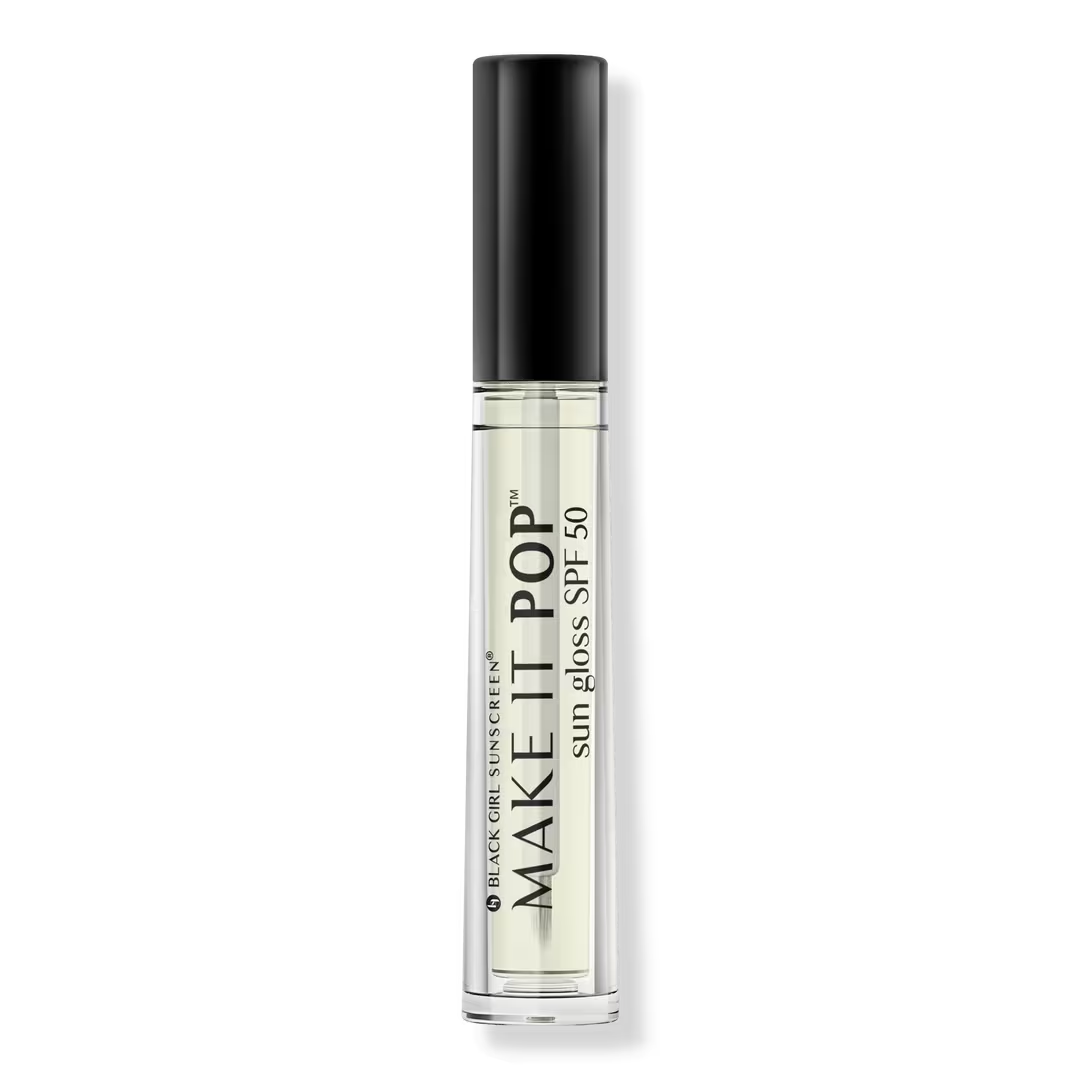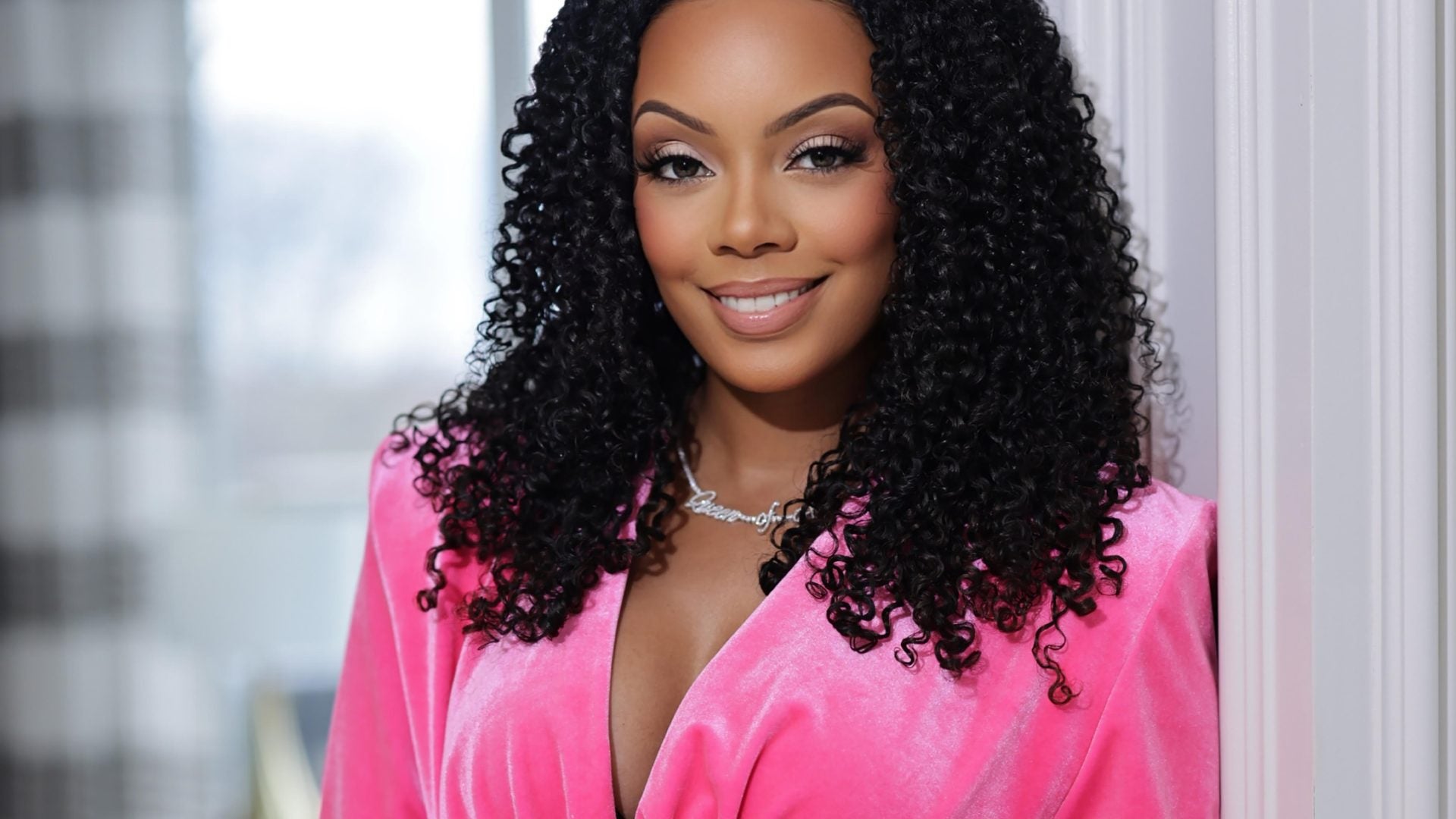
Dozens of images are being circulated online that depict former President Donald Trump among crowds of smiling and laughing Black voters. The problem—they’re fake and were generated by Trump supporters using artificial intelligence (AI).
Upon taking a closer look, you can discern that these photos are deepfakes. “Odd lighting and too-perfect details provide clues to the fact they were all generated using artificial intelligence,” the Associated Press reports.
Co-founder of Black Voters Matter Cliff Albright, believes this is part of a “strategic narrative” to portray Trump as popular with members of the Black community.
“There have been documented attempts to target disinformation to Black communities again, especially younger Black voters,” added Albright. Black voters were instrumental to President Biden’s victory over Trump in 2020.
Currently, there is no concrete evidence tying the photos to the Trump presidential campaign. According to a BBC investigation, “[u]nlike in 2016, when there was evidence of foreign influence campaigns, the AI-generated images found by the BBC appear to have been made and shared by US voters themselves.”
Not everyone has been fooled. Washington, D.C. resident Wayne L. Smith immediately thought something was off, telling NBC News, “Everything he does to try to get Black people to like him is fake…Why wouldn’t that photo be fake, too? It just didn’t feel right.”
“They want our vote but don’t know how to get it,” stated Smith. “Biden’s no peach, but he’s not Trump. And they know that. That’s why they are trying anything. Tricks. Deception. And, to me, they’re just making it worse by insulting us.”
Not everyone is as discerning as Smith, and the comments show that many believed it was a real photograph.
Florida conservative talk radio show host Mark Kaye created one of the photos, which shows “Trump smiling with his arms around a group of Black women at a party and shared it on Facebook,” with his one million plus following attached to an article about Black voters in support of the GOP presidential candidate.
The Facebook comments on the show that many believed it was a real photograph.
“I’m not a photojournalist,” said Kaye. “I’m not out there taking pictures of what’s really happening. I’m a storyteller…I’m not claiming it is accurate. I’m not saying, ‘Hey, look, Donald Trump was at this party with all of these African American voters. Look how much they love him!'”







“If anybody’s voting one way or another because of one photo they see on a Facebook page, that’s a problem with that person, not with the post itself,” continued Kaye.
However, there is a cause for concern. “What about those independent white people who dislike him and won’t vote for him for the mere reason they think he’s a racist?” said Calvin Lawrence, an IBM chief training officer for responsible and trustworthy AI. “When you see these deep fake videos and images generated by AI with him wrapped up with Black folks, they’re also targeting those white voters and saying, ‘Look. I’m not a racist. He’s not a racist.’ They are using AI on a larger scale.”
In addition, experts predict that this is only the beginning of AI being utilized to “target specific voter blocs in key swing states, such as Latinos, women, Asian Americans and older conservatives, or any other demographic that a campaign hopes to attract, mislead or frighten.” Given the numerous elections occurring in “dozens of countries” this year, deepfake is proving to be a global issue.




